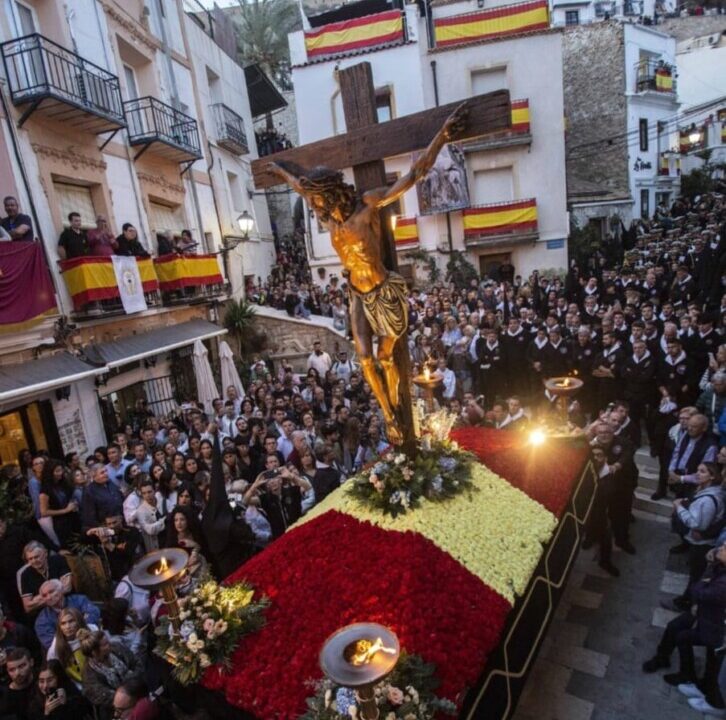
SEMANA SANTA – Holy Week is Spain’s biggest religious holiday, and Mast Friday is a day off for the entire country. The week leading up to Easter is meant to remind believers of the Passion of Christ, but Spaniards prefer to suffer in a fun and noisy way.
The schedule of processions and their routes are usually known a few months before Holy Week and posted on a special website. But if there is no desire to delve into these subtleties, you can safely go to the main cathedral on any day. All processions, regardless of their length, start from the house church of the brotherhood and end at the cathedral.
The brothers in the procession are divided into several categories. The most difficult job is that of the costaleros, sturdy men who carry the pasos – stretchers with images of the Virgin Mary, Christ or group Bible scenes.
A paso is a very heavy thing, some can weigh about a ton, that’s about 100 kg for each porter.
The brothers who carry the paso cannot see anything as they are under the platform. They are guided by a foreman. The most difficult thing during the procession is carrying the paso out of the house church. Usually their doors are so low and narrow that the costaleros have to exit the church in a half crouch. All the actions of the brothers must be absolutely synchronized, so that the figure of the saint God forbid did not fall.
Most of the pasos are real relics, there are those that are 600 years old. For the holiday these already priceless works of art are additionally decorated: precious stones, expensive fabrics, clothes and flowers are used.
Night processions attract thousands of tourists The processions that take place on Friday and Saturday nights are the most spectacular ones
Each procession is opened by an orchestra that plays the Spanish national anthem as the paso is carried out of the church – except when the figure of Christ is placed on the pedestal.
On Good Friday believers are advised to fast, it is the strictest day of fasting. In the evening usually go to a special service, on Good Friday – the only time of the year – the morning liturgy is not held. The night processions are usually the most spectacular, with candles and torches.

